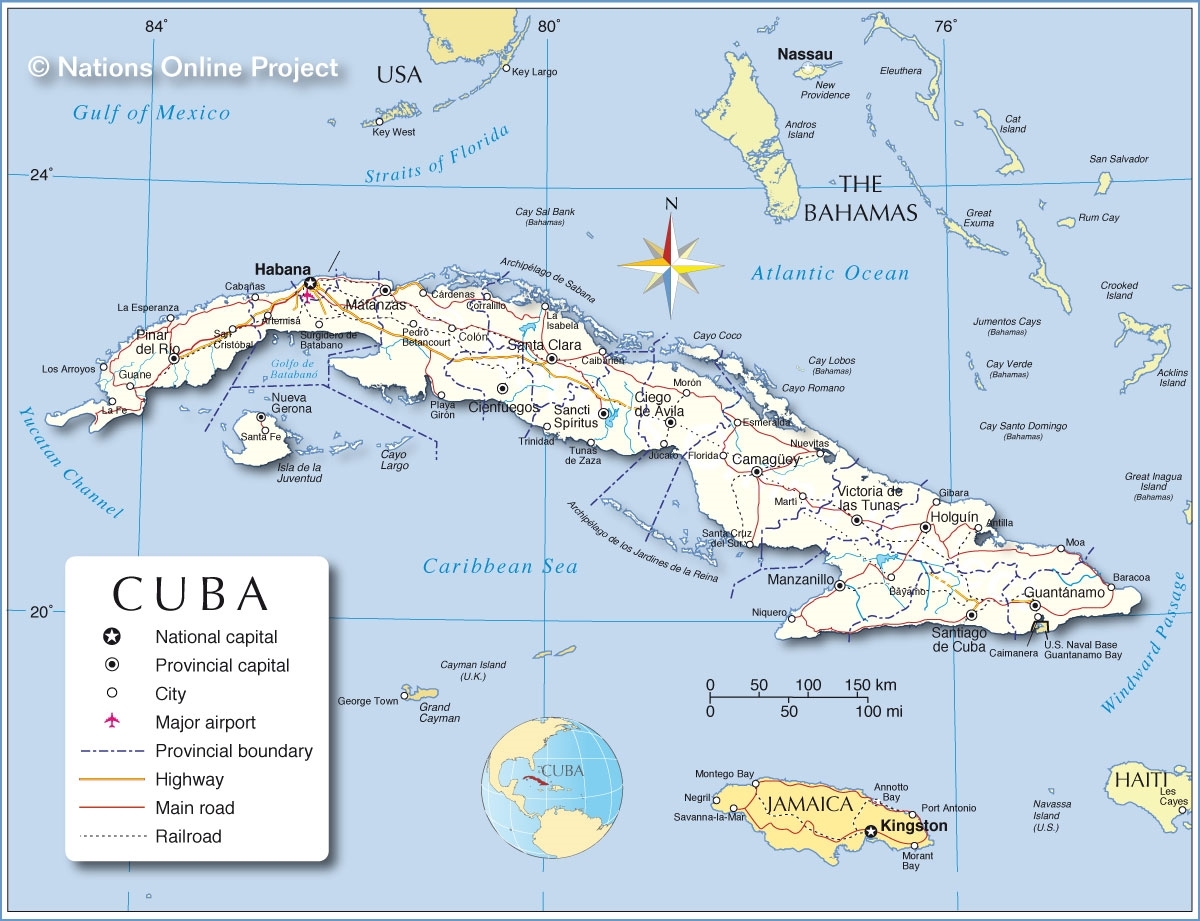John Deere Could Provide US$30 Million In Financing For U.S. Exports To Cuba
/LINK: U.S. Companies With A Presence In Cuba
LINK: U.S. Companies Exporting To Cuba
Text Of 2003 Letter From John Deere To AEM Supporting Equipment Exports To Cuba
Moline, Illinois-based John Deere (2017 revenues approximately US$27 billion) has reported the company will establish a distribution center in the Republic of Cuba, joining San Juan, Puerto Rico-based Rimco, the Republic of Cuba distributor for Peoria, Illinois-based Caterpillar Inc. (2017 revenues approximately US$38 billion) whose distribution center will be located within the Special Development Zone of Mariel (ZEDM). The announcements were made during the 35th Havana International Fair (FIHAV 2017).
Neither John Deere nor Caterpillar have issued media releases or posted information on their respective Internet sites.
John Deere Financial Services will be providing payment terms/financing for the exports, primarily Series 5000 (price range US$25,000.00 to US$80,000.00) with a limited quantity of Series 7000 (price range US$219,000.00 to US$280,000.00).
According to the company, several hundred tractors, parts and accessories may be exported from the United States to the Republic of Cuba during the next four years, with the first deliveries (for testing and evaluation) scheduled for mid-November 2017.
The potential value of the several hundred products exported from the United States to the Republic of Cuba that would be financed could range from US$9 million to US$30 million.
Without the provision of substantial discounts in conjunction with extended payment terms and low-interest financing, United States companies remain at a competitive disadvantage as the government of the Republic of Cuba and Republic of Cuba government-operated companies prefer government-to-government transactions and government-to-government financing agreements.
For example, the governments of the People's Republic of China, Russian Federation, Japan, Belarus, France and India provide substantial long-term financing for durable product exports to the Republic of Cuba; and those financing agreements are generally extended when repayment is problematic, which is often.
Due to inaction by the Obama Administration throughout its two terms in office, despite repeated requests from representatives of the United States business community, payments from the Republic of Cuba to John Deere and Caterpillar will be routed through financial institutions located in third countries.
The Triangular Payment Problem
The Office of Foreign Assets Control (OFAC) of the United States Department of the Treasury does not authorize Republic of Cuba government-operated financial institutions to have correspondent accounts with United States-based financial institutions. However, the OFAC does authorize United States financial institutions to have correspondent accounts with Republic of Cuba government-operated financial institutions.
Without a change to this OFAC regulation, the payment process for funds from the United States to the Republic of Cuba and from the Republic of Cuba to the United States remains triangular rather than a straight line- which would be more efficient, more timely (same day versus two or more days), and less costly.
In 2015, the OFAC authorized Pompano Beach, Florida-based Stonegate Bank (2017 assets approximately US$2.5 billion) to have an account with Republic of Cuba government-operated Banco Internacional de Comercio SA (BICSA). There is also Republic of Cuba government-operated Banco Financiero Internacional SA (BFI) which handles international payments. Unfortunately, because BICSA (and BFI) are not permitted to have an account with Stonegate Bank, funds are sent and received through Panama City, Panama-based Multibank, which has extensive dealings with the Republic of Cuba.
Additional effort. Additional time. Additional expense. And, additional reasons for the government of the Republic of Cuba to avoid United States-based companies.
Why should Stonegate Bank, which on 13 October 2016 reported having sixty (60) United States-based companies that are or would like to engage in commercial transactions with Republic of Cuba-based entities, need to share its business (and lessen benefits to its shareholders) with a financial institution located in Panama?
ZEDM
Since 2013, an increasing number of vessels from the United States and other countries have been calling at the port of Mariel, located approximately forty (road) miles from Havana. The port of Mariel is managed by Singapore-based PSA International.
The container terminal at the port of Mariel sits within the 180-square-mile ZEDM. The facility 2,300 feet of jetty and four quay cranes which can accommodate 13,000 TEU Neo-Panamax vessels.
Salvador, Brazil-based Odebrecht (2016 revenues approximately US$30 billion) was the primary contractor for the port of Mariel and ZEDM. Approximately US$683 million in primary financing was provided by the National Bank of Economic and Social Development (BNDES) of Brazil. Institutions in China and Venezuela also provided financing.
Two new rail-mounted gantry cranes from Shanghai, China, arrived in September 2016. Currently, the port of Mariel has an average of one train per day.


